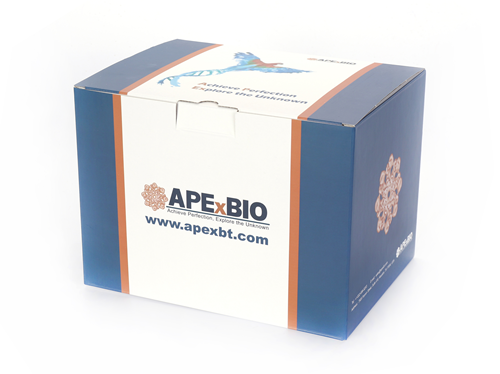7-AAD Cell Viability Assay Kit
The 7-AAD Cell Viability Assay Kit is a kit that uses the fluorescent probe 7-AAD to detect cell necrosis specifically. 7-AAD (7-amino actinomycin D) is a commonly used nuclear probe that binds to DNA and emits red fluorescence. Similar to propidium iodide (PI), 7-AAD is not a cell-permeable probe, so 7-AAD can only pass through cells with damaged membranes and stain their nuclei. But unlike PI, 7-AAD has a narrower emission spectrum, and longer emission wavelengths, leading to less interference to other channels. Therefore, 7-AAD is often used to replace PI in combination with other fluorescent dyes (such as FITC, PE, and APC).
This kit is suitable for the detection of apoptosis and necrosis in combination with Calcein AM, Annexin V-FITC, Annexin V-PE, and so on. This kit can be detected by fluorescence microscopy, flow cytometry or other fluorescence detection instruments after staining. This kit can also be used in flow cytometry to exclude nonviable cells.

Figure 1: The efficiency of this kit for detecting the proliferation of Jurkat cells in combination with Calcein AM Cell Viability Assay Kit (K2231)
| Components | K2235-200 T | K2235-1000 T |
| 7-AAD (20X) | 1 mL | 5 mL | Staining buffer | 50 mL | 250 mL |
This product should be stored at -20°C, stable for 1 year. 7-AAD (20X) should be stored at -20°C away from light, and avoid repeated freeze/thaw cycles. | ||








